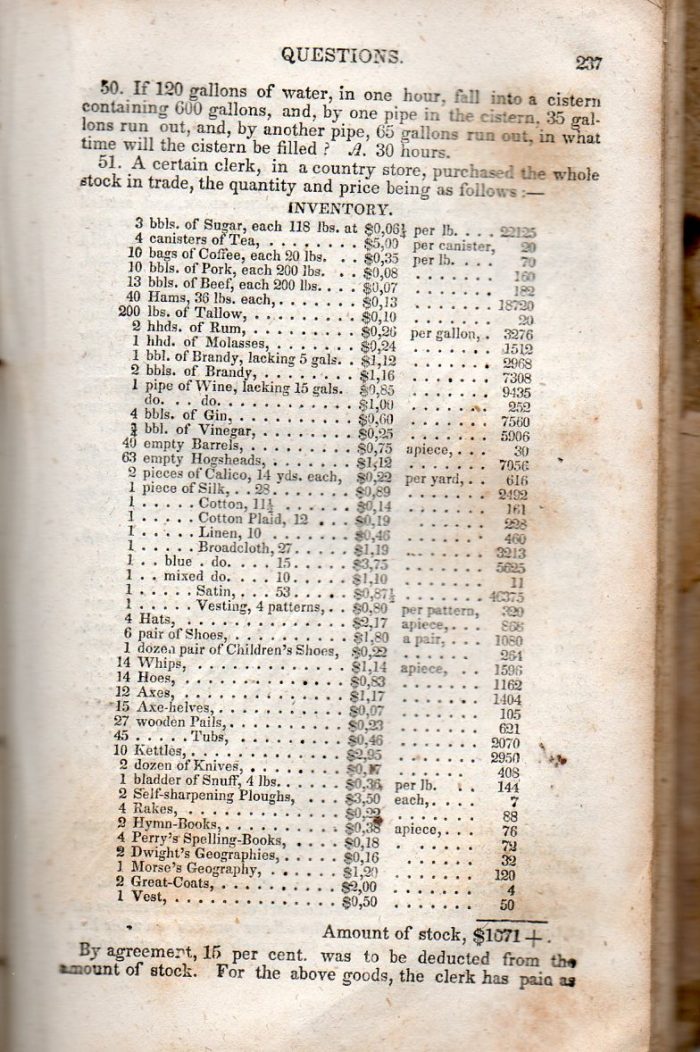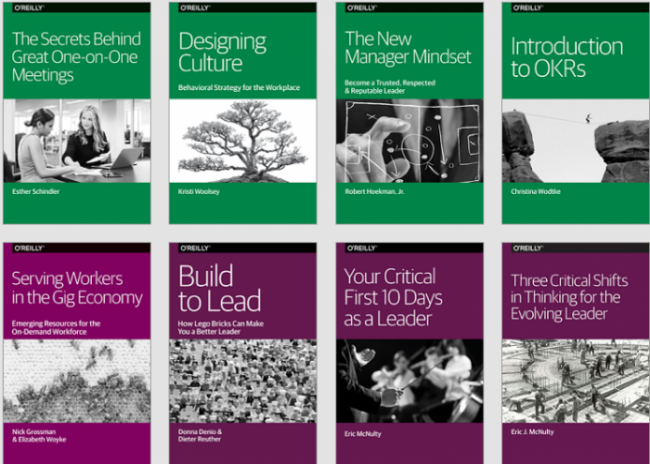How do you create and eventually scale a successful business? It’s a complicated question. And you can do worse than get answers from Reid Hoffman. He’s currently a partner at the venture capital firm Greylock Partners. But you probably know him best as the co-founder of LinkedIn, the professional social network site recently acquired by Microsoft for $26 billion dollars. In his new podcast, Masters of Scale, Hoffman looks at how companies grow from zero users to a gazillion by interviewing fellow Silicon Valley entrepreneurs who have crossed that bridge. Guests include Facebook’s Mark Zuckerberg & Sheryl Sandberg, Netflix’s Reed Hastings, and Google’s Eric Schmidt, among others.
Even if you work in a business with more modest aspirations, there’s some wisdom you can take away from these wide-ranging conversations. Hoffman’s conversation with Airbnb’s CEO Brian Chesky (above) about hand-crafting customer experiences would help you run almost any business. You can find the Masters of Scale podcast on iTunes, Stitcher, Entrepreneur.com, Spotify, and Google Play. Also find courses from other seasoned entrepreneurs right below.
If you would like to sign up for Open Culture’s free email newsletter, please find it here. It’s a great way to see our new posts, all bundled in one email, each day.
If you would like to support the mission of Open Culture, consider making a donation to our site. It’s hard to rely 100% on ads, and your contributions will help us continue providing the best free cultural and educational materials to learners everywhere. You can contribute through PayPal, Patreon, and Venmo (@openculture). Thanks!
Related Content:
How to Start a Start-Up: A Free Course from Y Combinator Taught at Stanford
Seth Godin’s Startup School: A Free Mini-Course for New Entrepreneurs
Peter Thiel’s Stanford Course on Startups: Read the Lecture Notes Free Online
Start Your Startup with Free Stanford Courses and Lectures
Download Marc Andreessen’s Influential Blog (“Pmarca”) as a Free eBook
150 Free Online Business Courses






